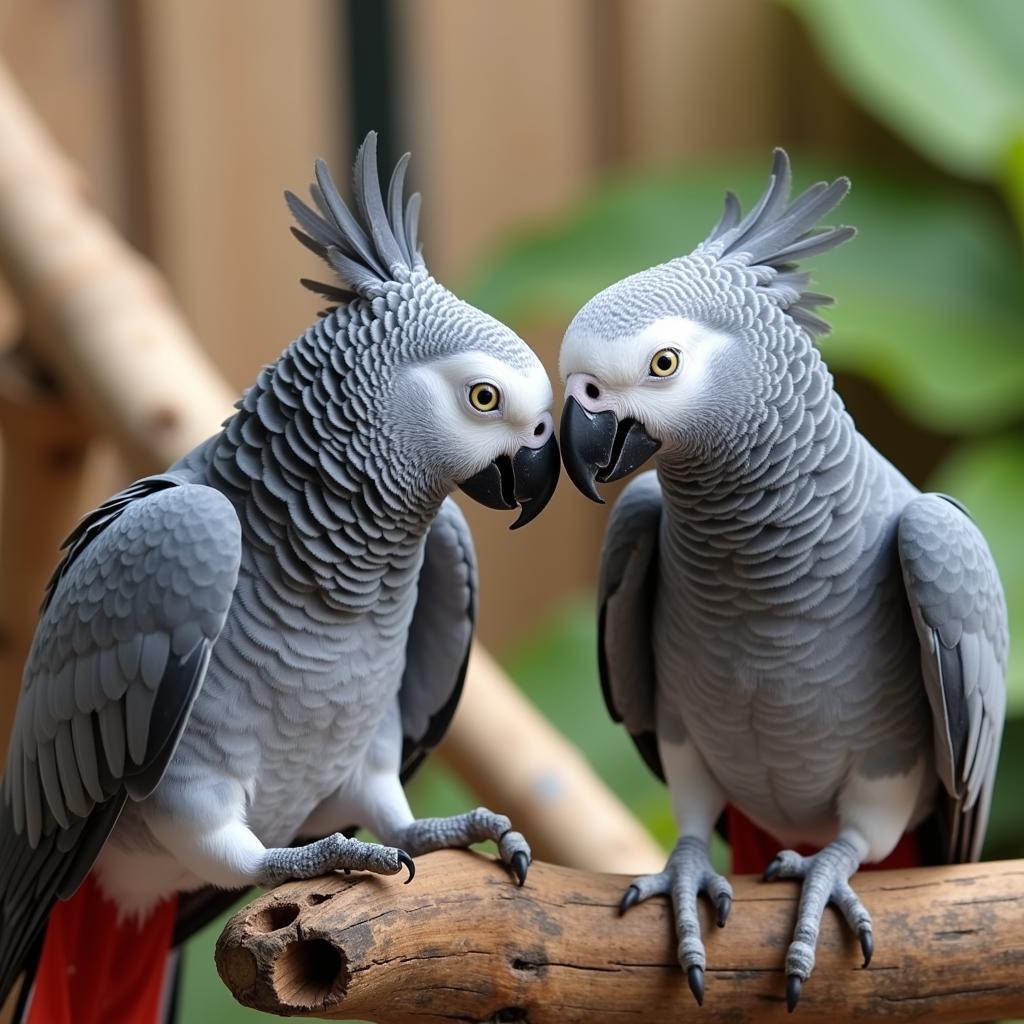The Rhythmic Heart of Africa: Exploring African Conga Drums
African Conga Drums, with their rich history and vibrant sound, are more than just instruments; they are the heartbeat of African music and a powerful symbol of cultural identity. From their origins in Central Africa to their global popularity today, these tall, single-headed drums have captivated audiences and played a vital role in countless ceremonies, celebrations, and artistic expressions. This article delves into the fascinating world of African conga drums, exploring their history, construction, playing techniques, and cultural significance.
A Journey Through Time: The History of African Conga Drums
The history of African conga drums is deeply intertwined with the history and traditions of the Bantu peoples of Central Africa, particularly the Congo region. Originally crafted from hollowed-out logs and animal hides, these drums served as a vital means of communication, transmitting messages across vast distances. They were also integral to religious ceremonies, rituals, and social gatherings, their rhythmic beats providing the soundtrack to life’s most important moments. Over time, the conga drum evolved, its construction becoming more refined and its role in music expanding.
Check out these authentic african conga drums for sale.
Crafting the Sound: The Construction of African Conga Drums
The creation of an African conga drum is a meticulous process, often passed down through generations of skilled artisans. Traditionally, the body of the drum, known as the shell, is carved from a single piece of hardwood, such as mahogany or cedar. The selection and preparation of the wood are crucial, as they directly impact the drum’s resonance and overall sound quality. The skin, typically goat or cowhide, is then carefully stretched and secured over the open end of the shell, creating the drumhead. The tension of the drumhead is carefully adjusted to achieve the desired pitch and tone.
From Beat to Rhythm: Playing the African Conga Drum
Playing the African conga drum is more than just striking the drumhead; it’s about creating a complex interplay of rhythms and tones. Using a combination of open tones, slaps, and bass notes, skilled drummers can produce a wide range of sounds, from deep, resonant booms to sharp, percussive cracks. The conga drum is played with the hands and fingers, allowing for intricate patterns and subtle variations in rhythm.
You might also be interested in other african instruments for sale.
The Cultural Significance of African Conga Drums
African conga drums hold deep cultural significance, representing far more than just musical instruments. They are a symbol of community, heritage, and spiritual connection. Their rhythms tell stories, preserve traditions, and provide a powerful means of expression. From ancient rituals to contemporary music, the conga drum continues to play a vital role in shaping African culture and identity.
Beyond the Beat: The Modern Conga Drum
While rooted in tradition, the African conga drum has also found its place in modern music genres across the globe, from jazz and Latin music to popular and world music. Its versatility and powerful sound have made it a favorite among musicians and music lovers alike.
Conclusion: The Enduring Legacy of African Conga Drums
From their ancient origins to their modern applications, African conga drums continue to resonate with power and meaning. They are a testament to the rich cultural heritage of Africa and a vibrant expression of the human spirit. Explore the rhythmic heart of Africa and discover the captivating world of African conga drums. If you’re looking to explore more rhythmic patterns, check out these african drum patterns.
FAQ
- What is the difference between a conga and a bongo drum? Conga drums are taller and narrower than bongo drums.
- What wood is typically used to make conga drums? Mahogany, cedar, and other hardwoods are commonly used.
- How do you tune a conga drum? By adjusting the tension of the drumhead.
- Where did conga drums originate? Central Africa, specifically the Congo region.
- What are some common rhythms played on the conga drum? Tumbao, guaguancó, and calypso are a few examples.
- Where can I find african bongo drum music? You can find a variety of resources online and in music stores.
- Are there any good resources for african beats instrumental? Yes, many websites and music platforms offer instrumental African beats.
Common Questions about African Conga Drums
Scenario 1: A beginner drummer wants to know how to get started with conga drums. Focus on basic techniques and recommend beginner-friendly resources.
Scenario 2: A music enthusiast is interested in learning about the cultural significance of conga drums. Provide information on the historical and spiritual context of these drums in African societies.
Scenario 3: A musician wants to incorporate conga drums into their music. Offer advice on choosing the right conga drums and integrating them into different musical styles.
Further Exploration
Explore more about African music and its diverse instruments. Learn about different drumming techniques and rhythmic patterns.
Call to Action
For any assistance, please contact us at Phone Number: +255768904061, Email: kaka.mag@gmail.com or visit us at Mbarali DC Mawindi, Kangaga, Tanzania. We have a 24/7 customer service team.


